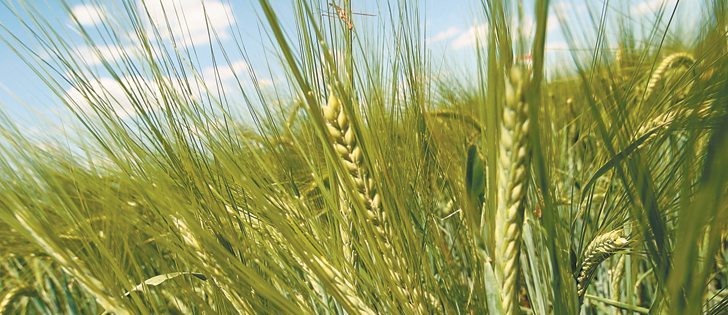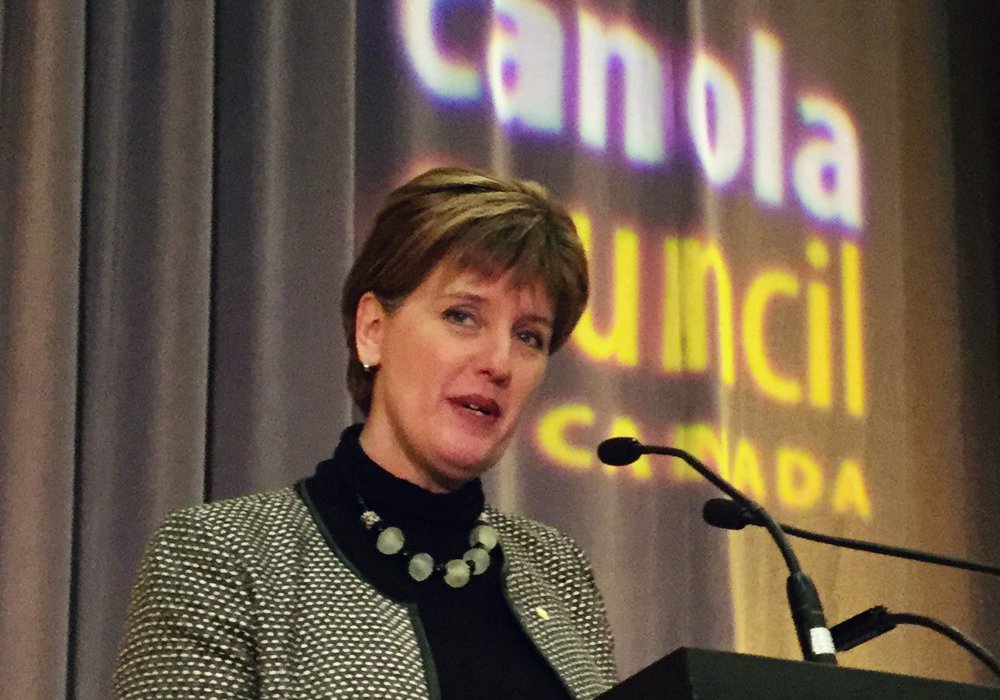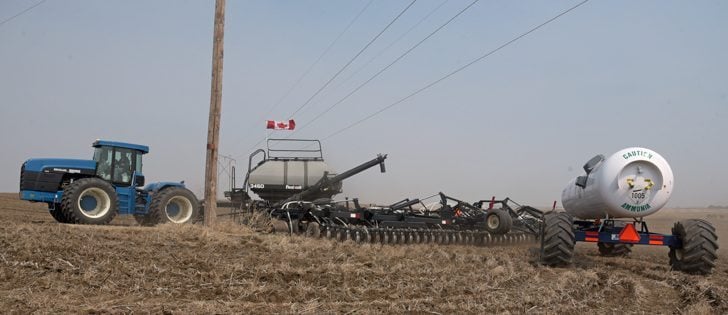The world’s farmers will plant more barley this year, according to a number of reports.
“Part of this is due to happenstance,” said Bruce Burnett, the CWB’s director of weather and market analysis.
Farmers in the European Union and Ukraine will likely use spring barley to replace their frost-damaged winter wheat crops. Some estimates call for a 10 percent increase in spring barley acreage in the EU.
“If you’re trying to stick to a cereal in the rotation, barley fits in there nicely,” said Burnett.
Read Also

Pakistan reopens its doors to Canadian canola
Pakistan reopens its doors to Canadian canola after a three-year hiatus.
Government policies are also playing a role in what the International Grains Council expects to be an eight percent increase in world barley plantings from last year.
The U.S. agricultural attaché in Argentina forecasts a 50 percent increase in that country’s barley acreage to 3.7 million acres as growers react to the government’s intervention in wheat marketing.
Argentina reserves seven million tonnes of wheat annually to keep the domestic market well supplied. Growers feel wheat prices are heavily discounted by the policy because of a lack of competition between local flour mills and exporters.
Producers are “disoriented and discouraged” and have opted for barley, which allows them to plant a second crop, usually soybeans, about two weeks earlier than if they had grown wheat.
North American producers also plan to grow a lot more barley than last year.
In its March 30 Prospective Plantings report, the USDA forecasted 3.3 million acres of the crop, a 30 percent increase from 2011 and a 16 percent hike from 2010.
Agriculture Canada forecasts 7.9 million acres in Canada, up 22 percent from last year and 14 percent from 2010.
Burnett said world barley acreage could be up by as much as 10 percent, but he doesn’t think that will result in a burdensome supply because there has been a decade-long downward trend in global barley acres.
“Now we’re sort of levelling that off and coming back up a little bit,” he said. “It just normalizes the production a little bit.”
He expects feed barley prices to follow corn prices for the most part, and right now corn futures indicate new crop will be about $1 per bushel lower than old crop.
Production is only part of the picture on the malting barley side. Prices will be heavily influenced by the quality of the crop, which is yet to be determined, said Burnett.
















